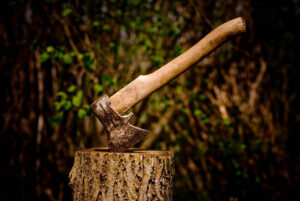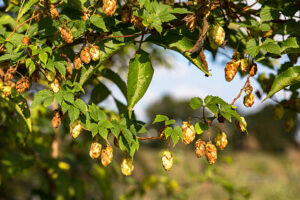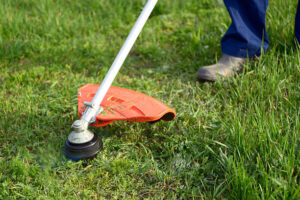Best Splitting Axe: Choosing the Right Tool for Firewood
Introduction
When it comes to preparing firewood for the winter months or outdoor adventures, having the right tool can make all the difference. A splitting axe is an essential tool for splitting logs and turning them into usable firewood. However, with so many options available on the market, choosing the best splitting axe can be overwhelming. In this guide, we’ll explore the world of splitting axes, providing you with useful tips and insights to help you select the right tool for your firewood splitting needs.
Understanding Splitting Axes
A splitting axe, also known as a splitting maul, is a specialized axe designed for splitting wood along the grain. Unlike a traditional axe used for chopping, a splitting axe features a heavier head and a wider wedge-shaped blade, allowing it to deliver powerful blows that split wood more effectively. Splitting axes are available in various sizes and designs, with differences in head weight, handle length, and blade geometry to suit different users and splitting tasks.



Choosing the Right Splitting Axe
When selecting a splitting axe for firewood splitting, consider the following factors:
Head Weight: The weight of the axe head determines its splitting power. Heavier axe heads (around 6 to 8 pounds) are better suited for splitting larger, tougher logs, while lighter heads (around 3 to 5 pounds) are more suitable for smaller logs and precision splitting.
Handle Length: The length of the axe handle affects leverage and control during use. Longer handles provide more leverage and are better suited for splitting larger logs, but may be more difficult to wield in tight spaces. Choose a handle length that feels comfortable and allows you to maintain control over the axe.
Blade Geometry: Pay attention to the shape and design of the axe blade. A wider blade with a pronounced wedge shape is more effective at splitting wood, while a narrower blade may be better for chopping and precision work. Look for a blade geometry that matches your splitting needs and preferences.
Handle Material: Consider the material and construction of the axe handle. Hickory and ash are common choices for axe handles due to their strength, durability, and shock-absorbing properties. Avoid handles made from inferior materials that may splinter or break under heavy use.
Benefits of Using a Splitting Axe
Efficiency: A splitting axe allows you to split wood more efficiently and with less effort compared to using a traditional chopping axe or maul. Its wider blade and heavier head deliver powerful blows that make quick work of even the toughest logs.
Versatility: While primarily designed for splitting wood, a splitting axe can also be used for other tasks such as chopping, limbing, and even felling small trees. Its versatility makes it a valuable tool to have in your arsenal for outdoor activities and woodcutting tasks.
Safety: Using a splitting axe with the proper technique and safety precautions can reduce the risk of accidents and injuries compared to using a traditional axe or maul. The wider blade and heavier head of a splitting axe help prevent glancing blows and deflections that can lead to accidents.
Conclusion
Investing in the best splitting axe is essential for anyone who regularly splits firewood or performs woodcutting tasks. By understanding the key factors to consider when choosing a splitting axe, such as head weight, handle length, blade geometry, and handle material, you can confidently select the right tool to meet your firewood splitting needs. With a quality splitting axe in hand, you’ll enjoy the efficiency, versatility, and safety benefits that come with using the right tool for the job.





















































